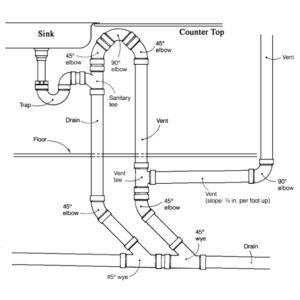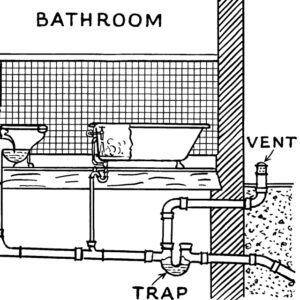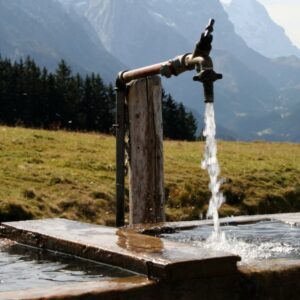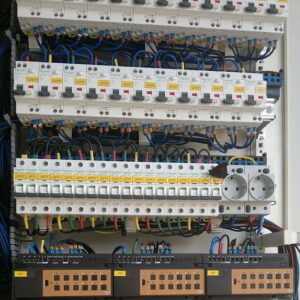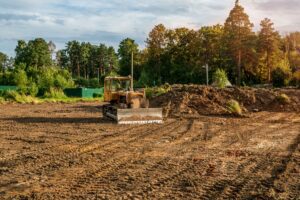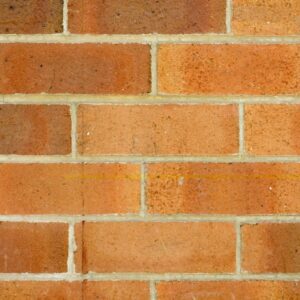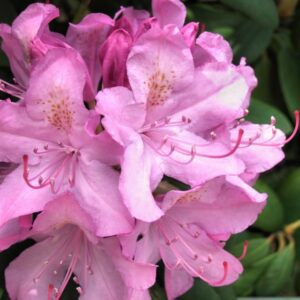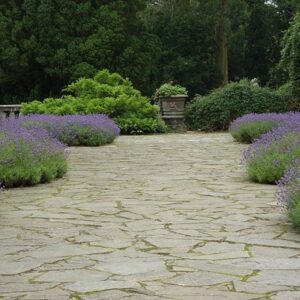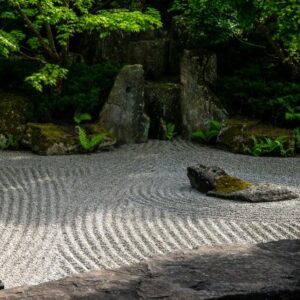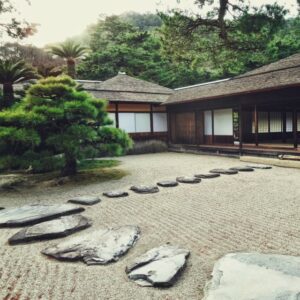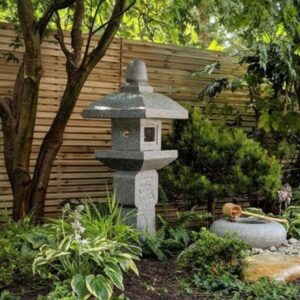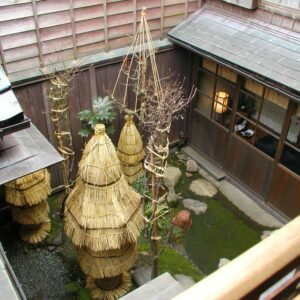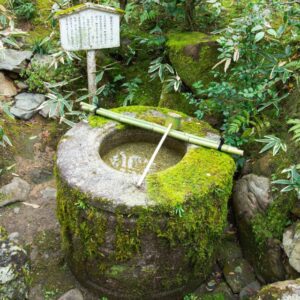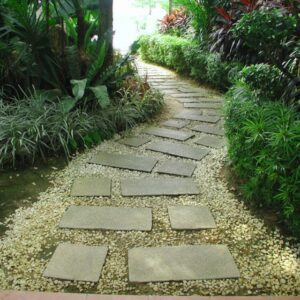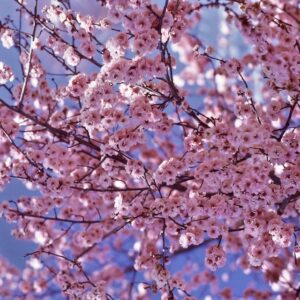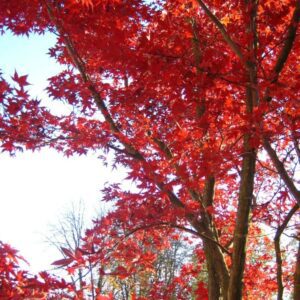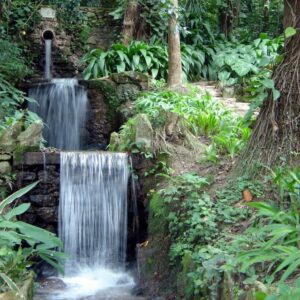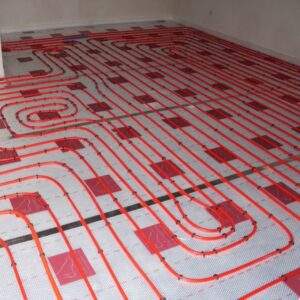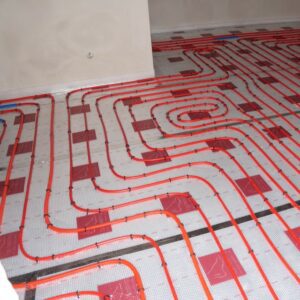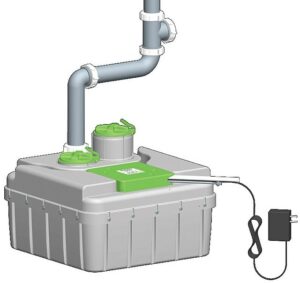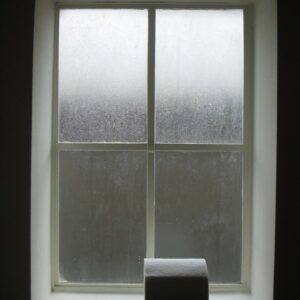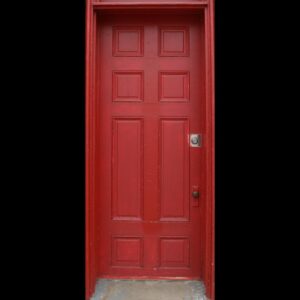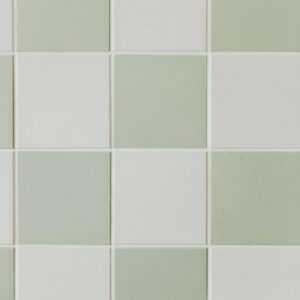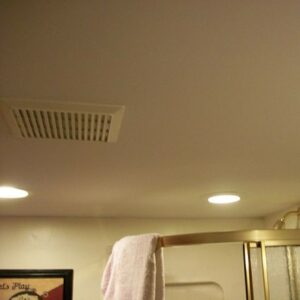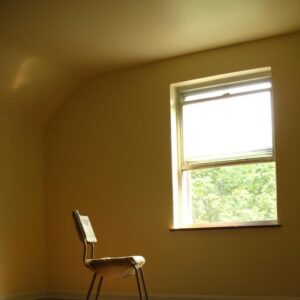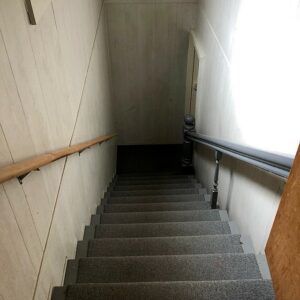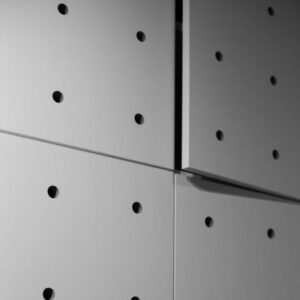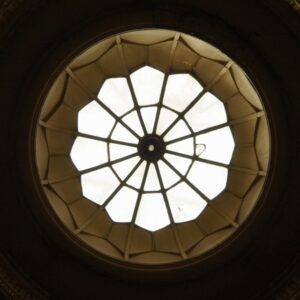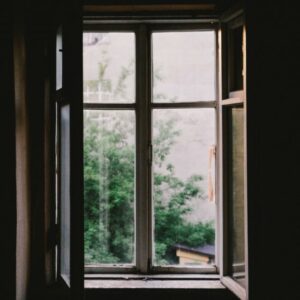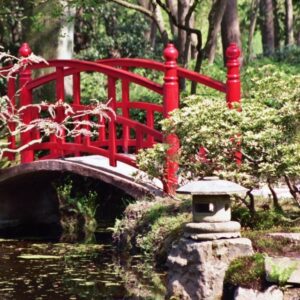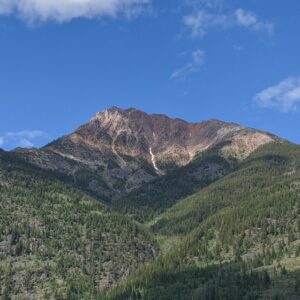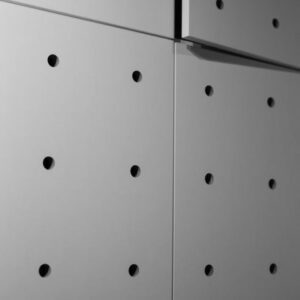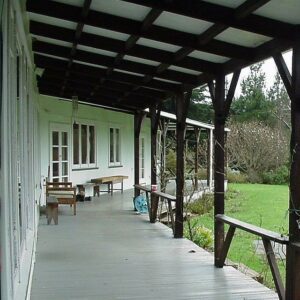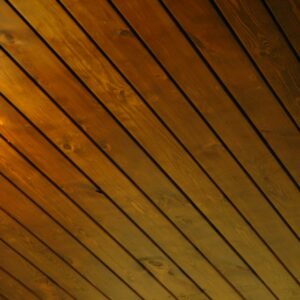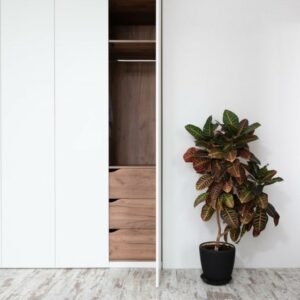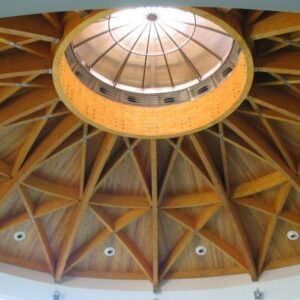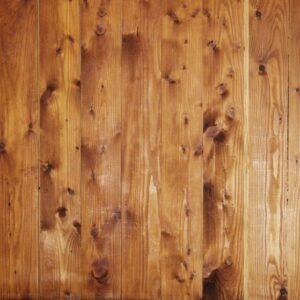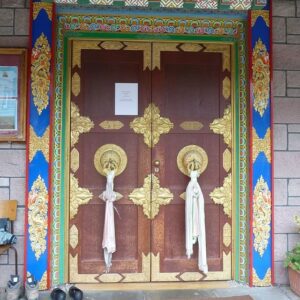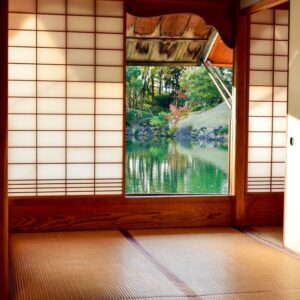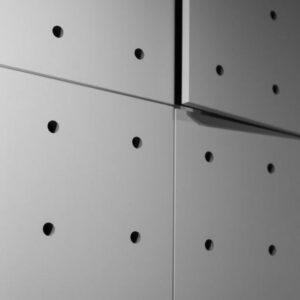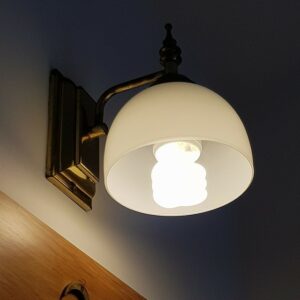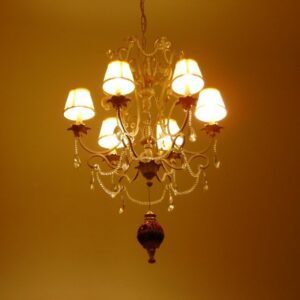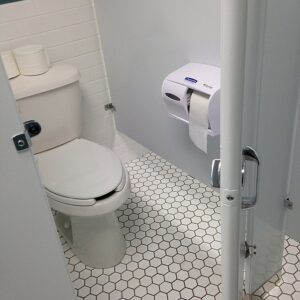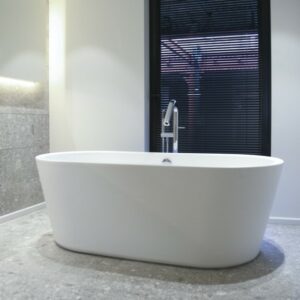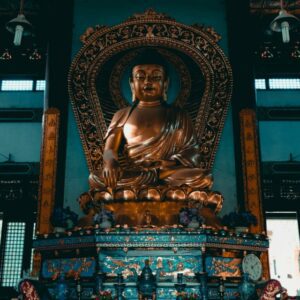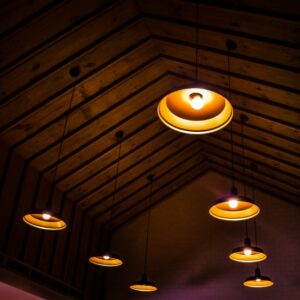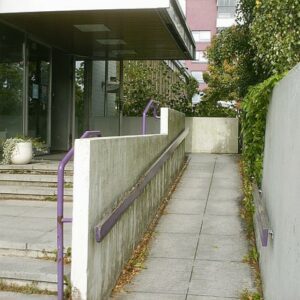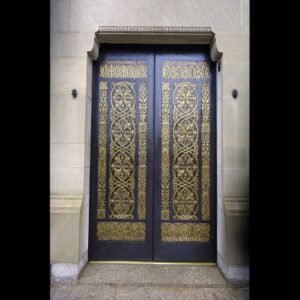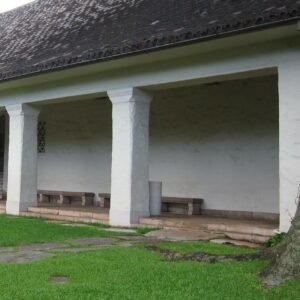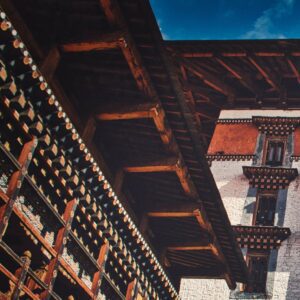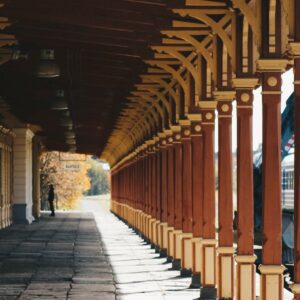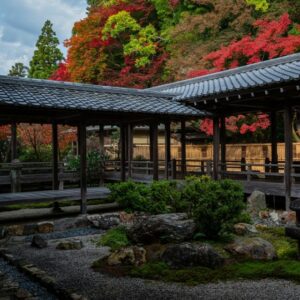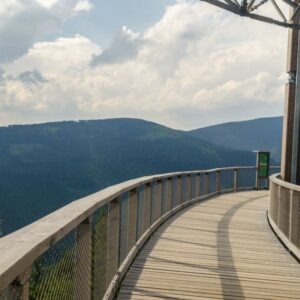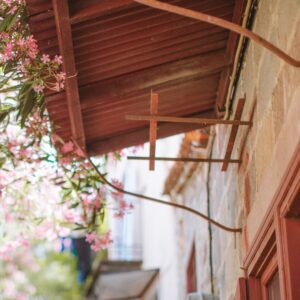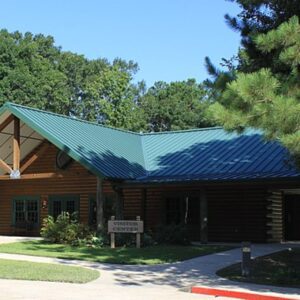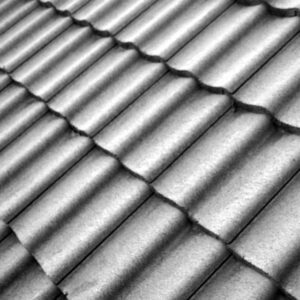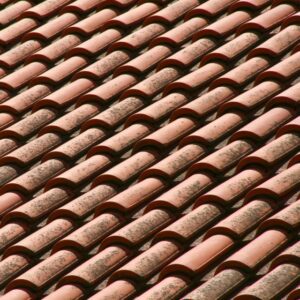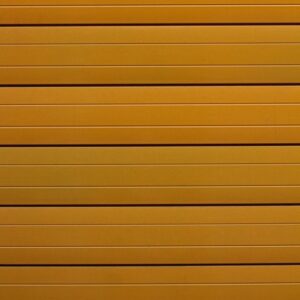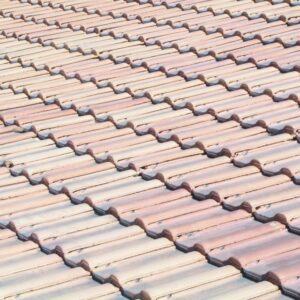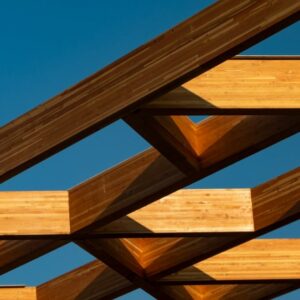Temple Complex Fundraiser
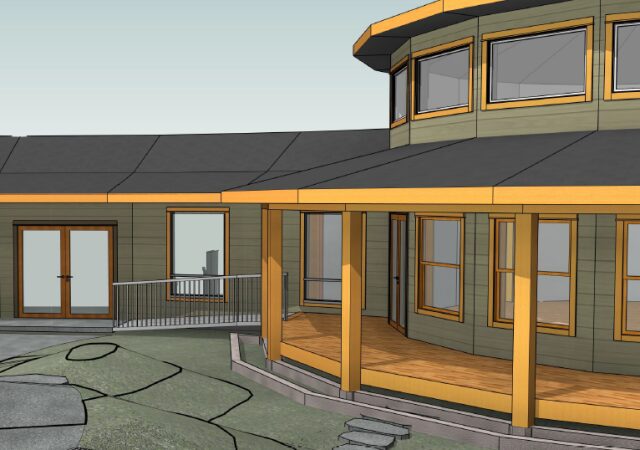
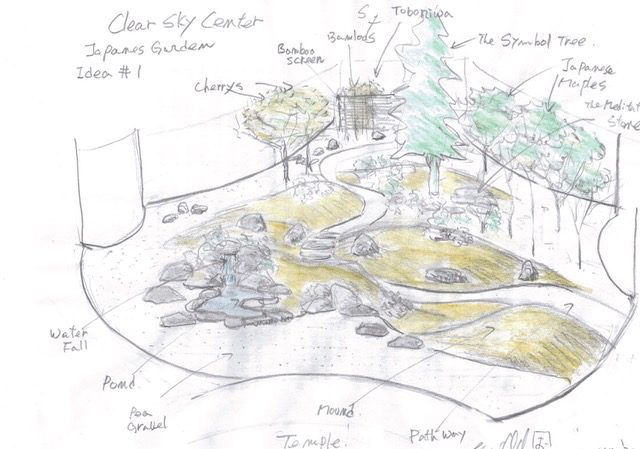
Vision
More than ever, our world needs places of depth learning and transformation. Clear Sky provides a place for people to refresh and recharge, to grow and transform, and to return to their lives with new perspectives, energy, and compassion.
In light of this vision, we are raising money towards the construction of a new temple complex that will support the important work we do at Clear Sky.
Background
Over the past 16 years, the teachers, residents, and supporters of Clear Sky Retreat Center have created a refuge to connect with nature, individual growth, and meditation practice. The response to the Center’s offerings has been so successful that we need to expand our current amenities to keep up with the demand for extended stays at Clear Sky as well as to accommodate the growing number of meditators.
The additional facility will include a temple to provide adequate space for group meditation and other trainings, multiple bedrooms to increase our ability to provide extended stays, and a Japanese garden in the center of the complex for the enjoyment of all meditators, retreatants, and residents. While our teachings – and the temple – are based in Buddhist tradition, the teachings are non-sectarian.
Donations
Any donation amount will be helpful as we build the funds to start work on the construction project, and we are deeply grateful for your support.
You can view the construction schedule for the temple complex below, and can choose a specific part of the temple to donate to. The requested donation amount is listed for each item. While the expected year of completion is noted below, you can donate towards any item at any time.
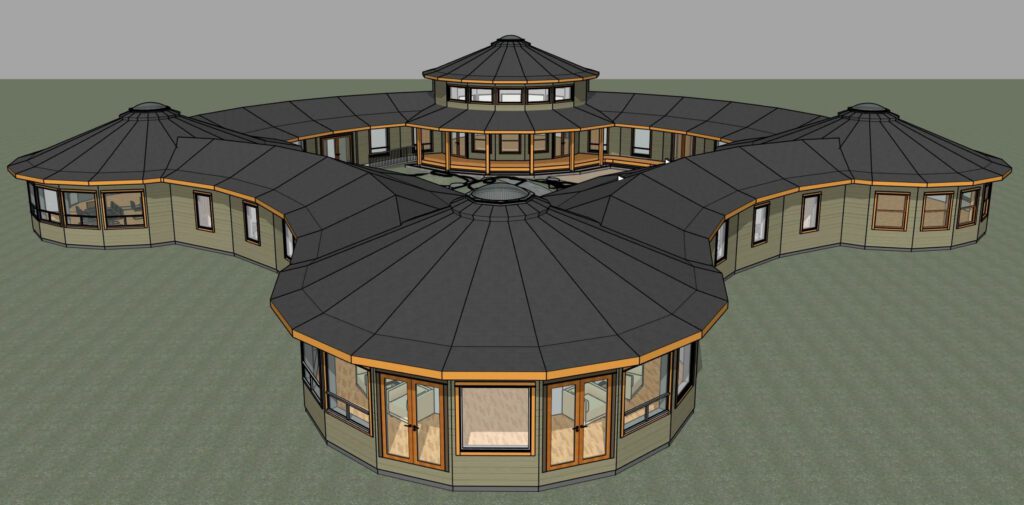
Stage 1 - Temple Infrastructure
The first stage of construction involves extensive planning, excavating and professional work to bring utility services to the temple. This will ensure that underground piping, cables, and conduits are installed, supplying the temple complex with fresh mountain water, electricity (from the nearby dam), high-speed internet, and a septic system.
High-Speed Internet Service for Class Streaming
Online classes are not negotiable if we want to have the teachings be more accessible in today’s world. It’s such a gift to be able to share these kickass teachings internationally and to connect with our practice and community.
Expected cost: $5,000
Seeking 100 $50 donations
100 x $50
Power Drop / Electrical Connection
Bringing electricity to the temple will empower us to support retreat life and ceremony life in the temple. This hydro connection will also enable us to bring electricity down to our meditation cabins, offering more comfort and convenience to meditators. This will include building an electrical shed adjacent to the temple site and installing the transformers and cables required to bring electric service from BC Hydro.
Expected cost: $100,000
Seeking 400 $250 donations
400 x $250
Stage 2 - Site Prep & Building Foundation
Site Prep
First, you must empty your cup! In order to begin construction (starting with the foundation wall), the temple site must first be prepared: this includes clearing and flattening the building site, excavating the temple basement and building foundation, and preparing road access to the temple for construction vehicles (and future meditators!)
Expected cost: $60,000
Seeking 600 $100 donations
600 x $100
Foundation Walls
Foundation work is key to our practice. We all know a strong foundation is what gives us the support and strength for breakthroughs to happen. After site prep, the first stage of construction will be installing the foundation for the entire temple complex. This will allow us to build the meditation garden in Phase 1, and safely add future buildings (additional bedrooms, movement space, etc.) without disturbing the garden.
Expected cost: $215,000
Seeking 2,150 $100 donations
2,150 x $100
Temple Meditation Garden
The Temple meditation garden, located within the inner courtyard of the temple complex, will be Japanese in style. Its features will include a pond and waterfall, a raked gravel sea, and a courtyard garden, all of the elements harmonizing to create a peaceful space for those who visit. The Japanese garden is not just a garden; it is a manifestation of the bliss and clarity of mind that is cultivated at Clear Sky. The garden will be constructed and planted in stages, begin with garden site prep after the temple foundation is installed, with landscaping and plantings after major construction is complete.
Azalea Shrub
Evergreen azaleas (tsutsuji) have been used by Japanese landscape designers for centuries, prized for their trumpet-shaped flowers in spring. They are compact in habit and can be easily shaped into mounds (karikomi); they are effective when planted in masses. Azaleas have been hybridized in Japan for at least 500 years.
Expected cost: $1,000
Seeking 40 $25 donations
40 x $25
Patio Stone
Stone-paved plazas were made for the early (7th century) Japanese palaces
and, less frequently, for temples. They were ritual spaces used for ceremonial gatherings or to linger when not being used for official purposes, often adjacent to ponds with carved stone fountains. The Clear Sky temple terrace in the courtyard garden is a place to linger, appreciate the courtyard garden, and slip into beautiful meditative states.
Expected cost: $1,000
Seeking 40 $25 donations
40 x $25
Gravel Sea
In the karesansui or ‘dry mountain and water’ gardens of Japan, strategically and harmoniously placed rocks rise from expanses of gravel representing the sea, often raked to represent ripples in the water. The sand-and-stone creations express the ‘beauty of extra white’ (yohaku no bi), the unstated portion of the garden composition, or the unfilled space between the rocks. These scenic creations also express the Zen beauty of ‘emptiness’ (mu) or ‘no-thingness.’
Expected cost: $1,500
Seeking 60 $25 donations
60 x $25
Bridge
Bridges in the Japanese garden are made to harmonize with their surroundings, made of wood, compacted earth or stone. With their often low arching forms they fit seamlessly into the natural setting. In a practical sense, bridges function to move visitors from one garden space to the next. Bridges also represent passage, transition, leaving the secular, worldly realm and entering another, sacred space.
Expected cost: $1,500
Seeking 60 $25 donations
60 x $25
Bamboo Screen
The temple courtyard garden, tsuboniwa, is enclosed by a handcrafted bamboo fence, mizugaki. Originally, mizugaki referred to a ‘fence’ of trees at the foot of a mountain or surrounding a sacred Shinto precinct, where offerings were made to local and ancestral spirits, kami. Where there are a series of enclosures such as a temple or shrine, mizugaki refers to the innermost enclosure; fitting for the Clear Sky temple garden as the temple itself forms the outer enclosure for the garden.
Expected cost: $1,500
Seeking 60 $25 donations
60 x $25
Stepping Stones
A feature of many Japanese gardens, stepping stones appeared as a design element in the tea gardens (roji, or ‘dewy ground’) in the late 16th century. In the tea garden, stepping stones are laid out in a way that directs our movement and thus attention to different garden scenes, or features. The close spacing of the stones encourage slow, mindful movement along the path, bringing awareness to the experience of walking itself, an activity we often take for granted.
Expected cost: $1,500
Seeking 60 $25 donations
60 x $25
Stone Lantern – Oribe-toro
Stone lanterns were first used at Buddhist temples in 8th century Japan where they lined the paths and approaches to temples and later began to be used in the same way at Shinto shrines. In the late 16th century, they appeared in the gardens of the first great tea masters like Furuta Oribe, where they served as focal points in the garden and were sometimes used to light the way to the tea house. The Oribe lantern is well-suited to the Clear Sky temple garden. With its clean lines and simple, elegant geometry it represented a new, fresh presentation of a centuries-old stone lantern carving tradition in Japan. In the same way, the Clear Sky temple represents a contemporary, cutting-edge presentation of an unbroken, authentic wisdom tradition dating to the time of the Buddha.
Expected cost: $1,500
Seeking 50 $25 donations
60 x $25
Courtyard Garden – tsuboniwa
The tsuboniwa is an enclosed garden linked to the residence or temple. Because it is closest to the lives of residents it is sometimes called a ‘room without a ceiling.’ Courtyard gardens are not meant to be filled. Instead, the gardener carefully arranges the elements, making full use of intangibles such as the breeze, changing sunlight, and sounds of water trickling into a stone basin to create an atmosphere of expansiveness in the small enclosed garden space.
Expected cost: $2,000
Seeking 80 $25 donations
80 x $25
Stone Water Basin – tsukubai
Stone water basins (tsukubai) were first used in the gardens of the late 16th century tea masters for ritual cleansing before the tea ceremony. Water trickles into the basin from a bamboo pipe (kakei), and a wooden ladle is often provided for scooping the clear water to be poured over the hands and for rinsing the mouth. In tea gardens, tsukubai were set directly on the ground, requiring guests to bend down or crouch to use them. The term ‘tsukubai’ derives from the Japanese verb ‘tsukubau’, meaning to squat or crouch, referring to the fact that one had to crouch or bend down to use the basin.
Expected cost: $2,000
Seeking 80 $25 donations
80 x $25
Pathway
Paths became integral to the Japanese garden with the introduction of strolling and tea gardens in the late 16th century. Strolling gardens feature winding paths constructed of stepping stones, crushed gravel, sand, or packed earth. The curving paths lead visitors through a series of garden views. The destination is often hidden from sight, so that the interest and curiosity of visitors is heightened in what lies around the next bend.
Expected cost: $2,000
Seeking 80 $25 donations
80 x $25
Rolling Hills – tsukiyama
Rolling hills are represented in the garden by elegantly contoured low earthen mounds planted with ground covers or shrubs and inlaid with clusters of artfully placed rocks. In the Japanese garden, the man-made hills (tsukiyama) often recreate real or mythical mountain scenery.
Expected cost: $2,000
Seeking 80 $25 donations
80 x $25
Cherry Trees
Cherry trees (sakura) are planted in strolling gardens, temples, shrines and parks throughout Japan, where their canopies can reach their full size. In the temple garden, the cherry trees will shade the buildings during the summer. Meditators will be able to enjoy the garden views through their leafy tracery from within the temple, and, of course, appreciate the blossoms heralding springtime.
Expected cost: $2,500
Seeking 100 $25 donations
100 x $25
Japanese Maple Trees
The Japanese Maple is prized for its delicate foliage and magnificent fall colors, making it a favorite in Japanese garden design. Fall maple colors (momiji) are as stunning as cherry blossoms, but lasting longer, allowing meditators to admire the display at a more relaxed pace. Retreatants will contemplate the garden scene from within the temple through the exquisite tracery of the maple grove in spring and summer, appreciating the stunning fall colors and elegant structure in winter.
Expected cost: $2,500
Seeking 100 $25 donations
100 x $25
Waterfall
Lakes and ponds in Japanese gardens are fed by waterfalls replicating the cascades of Japanese mountain streams. The 11th century Japanese Book of Garden Making, Sakuteiki, states that wherever possible a waterfall should face the direction of the moon so that its rays can illuminate the falling water. Late-night meditators on the temple veranda will welcome the moon as it rises over Bull Mountain to create shimmering cascades in the garden pond.
Expected cost: $5,000
Seeking 100 $50 donations
100 x $50
Stage 3 – Building Heat & Energy Systems
Water Filtration System
We have amazing water at Clear Sky and yet the minerals are heavy. To protect and care for our systems and all beings using water in the temple, we will install a water filtration system, like we have done in all other buildings at Clear Sky Centre.
Expected cost: $5,000
We are seeking 50 $100 donations
50 x $100
Stage 3 - Eco-Friendly Building
Retreat Karma Yogi Admin Room
Karma yogis are always behind the scenes, attending to the details that make our retreat stays as comfortable and as fruitful as possible. Your donation helps create the space for them to perform selfless service.
Expected cost: $10,000
Seeking 100 $100 donations
100 x $100
Stage 4 - Temple & Teaching
Teaching Meditation Hall Audio-Visual Online Class Equipment
State-of-the-art audio visual equipment benefits not only onsite retreatants, but also makes the teachings available to the greater Clear Sky community worldwide. Your donation will contribute to more speedy onsite and global awakening.
Expected cost: $10,000
Seeking 100 $100 donations
100 x $100
Stage 4 - Meditation Engawas / Walkways
Stage 4 - Eco-Friendly Walls & Roofs
Fire Smart Exterior Siding, Entrance
Your contribution will enable Clear Sky to protect its temple complex from fire—including the genkan (entrance) and admin wing—with the installation of sustainable, fire-smart exterior siding and eco-friendly building insulation.
Expected cost: $20,000
Seeking 100 $200 donations
100 x $200
Eco-Friendly Wood Building Insulation
Help Clear Sky continue its commitment to environmental sustainability by funding eco-friendly insulation for the Temple buildings. This will include the most sustainable option available in our budget, such as all-natural / local wool insulation.
Expected cost: $50,000
Seeking 100 $500 donations
100 x $500
Lorem ipsum dolor sit amet, consectetur adipiscing elit. Ut elit tellus, luctus nec ullamcorper mattis, pulvinar dapibus leo.



